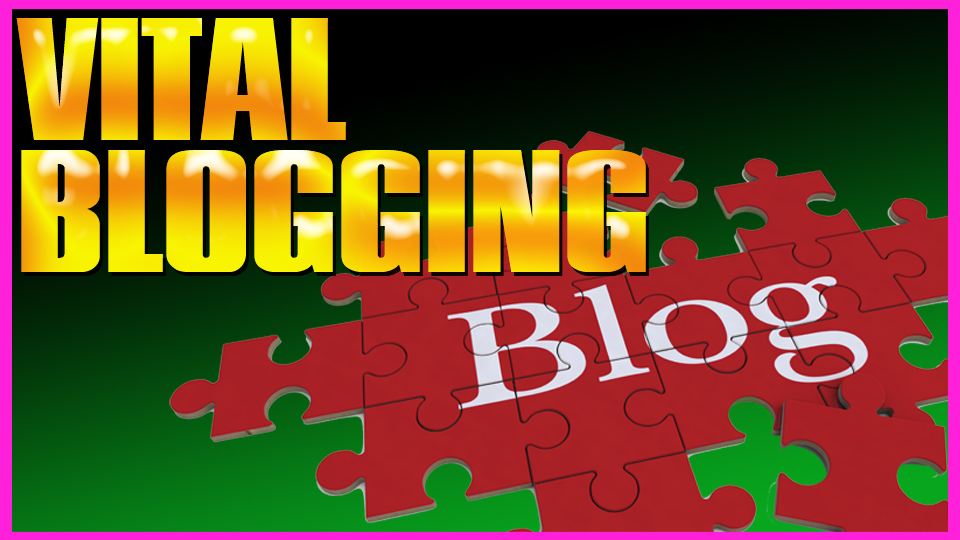Just About To Put Up Your Latest Blog Post? DON’T Forget These Vital HTML Tags!
blog·@jimmy147·
0.000 HBDJust About To Put Up Your Latest Blog Post? DON’T Forget These Vital HTML Tags!
 If you’re running a blog, then you doubtless know some basic HTML: it’s practically mandatory for tweaking certain elements. However, do you know about HTML tags? They give you a lot of freedom and control over putting everything on a page right where you want it – as well as allowing you to make lists, make quotes, and more. If you’re using WordPress – which you likely are, given the platform’s popularity means it is the driving force behind 53% of all sites. Now, you probably use the visual editor, which makes it really easy to write and see what you’re doing – but did you know the HTML (text) view is actually better? Put it like this, you won’t have to keep reaching for the mouse, and you can just type those tags in. So, what tags should you know? Let’s get started… **Make Lists** There are three tags to make a list: <"ul"> <"ol"> and <"li">. So, If you want a regular, bullet point unordered list, use <"ul">. If you want a numbered list, go for <"ol">. The actual creation of the list is done by using li on each listed item. Don’t forget to close the HTML as well as open it by using a forward slash, like so: </HTML tag>. This is a really useful way to create a Google-friendly list that always shows as a list, no matter what else changes, and it’s a quick way to give your site more volume. **Image Tags** When it comes to SEO, image tags are often forgotten. People think the visual element is enough, and forget that Google is looking for keywords in images as well. The <"img"> tag is the one that defines what an image is, and you should always add alternative text – this is a SERP superstar, giving your image description extra life and SEO kickass abilities. That’s not all, though: you can also force an image to show as a certain size using width=“100” where 100 is the width size in pixels (and yes, you can also do the same with height). **Horizontal Lines** Horizontal lines aren’t the most interesting code, but they can really help to add a new dimension of visual interest and perk up the content by splitting it more visually into sections. The tag for this is a simple one which doesn’t even need a closing tag: <"hr" />. The line you’ll get might be a bit gray and boring for your tastes, but don’t forget you can also alter the width to your preferred spec using <"hr width= “100%”"> or another number of your choice. However, don’t go nuts – all good things in moderation! **Quotes** Who doesn’t love an awesome block quote in the middle of an article, sharing a sentence that has a lot of power? The best thing is that it is super easy to put in, using the tag <"blockquote">. Add your quote after that and close it up with <"/blockquote"> and you’re done. Easy, fast, and looks amazing. **Formatting** Don’t forget to use <strong> for bold text, <"em"> for italitcs, and even <"u"> for underlined text. These give the text that little extra oomph and allow readers to read with a flow and tonality that works for you, sharing what you were thinking when you were writing even better. These are just some of the amazing tags open to you: learn them and add them to your repertoire for amazing blog posts that don’t just read well, but also have superb technical proficiency behind them!
👍 jimmy147,